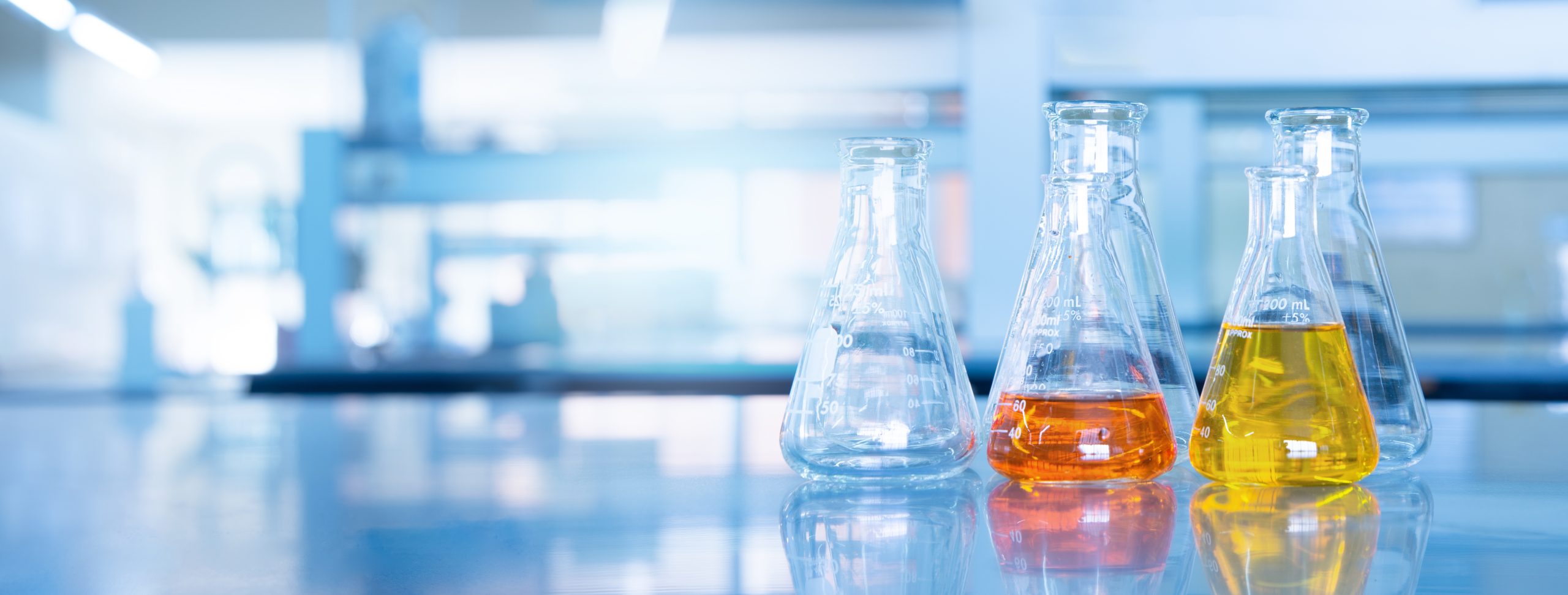Dimethyl sulfoxide

Specifications
| Item | Index |
| Crystallization point | ≥18.1 |
| Acid value | ≤0.03 |
| Transmittance of light(400nm) | ≥96.0 |
| Refractive index(n20D) | 1.4775~1.4790 |
| Moisture | ≤0.10 |
| Purity(GC), % | ≥99.90 |
Packing & Storage
| Packing | 225kg drum or IBC or ISOTANK |
| Storage | 20℃, 2 years. |
| Shipping | Room temperature in China; may vary elsewhere |
Free Quote
For samples, pricing, or more information, please call us at 0086 25 51192301 or mail to info@ascent-chem.com or fill out the following form.
We will respond to you as soon as possible.
Tel: 0086 25 51192301
E-mail: info@ascent-chem.com



General Information
| Common Names | Dimethyl sulfoxide| (Methylsulfinyl)methane | ||||||
| Structure | |||||||
| CAS No. | 67-68-5 | Boiling Point (℃) | 189.0±9.0 °C | ||||
| Molecular Weight | 78.12 | Melting Point (℃) | 18.4 °C | ||||
| Appearance | Colorless transparent liquid | Vapor Specific Gravity | 1.1±0.1 g/cm3 | ||||
| HS Code | 2930909099 | Flash Point (℃) | 85.0±0.0 °C | ||||
| Solubility | Autoignition Temperature (℃) | ||||||
| Safety Phrases | S24/25-S37/39-S26 | ||
| RIDADR | NA 1993 / PGIII | ||
| WGK Germany | 1 | ||
| Packaging Group | III | ||
| Hazard Class | |||
| SYMPTOMS | PREVENTION | FIRST AID | |
| Inhalation | Cough. Sore throat. | Use local exhaust or breathing protection. | Fresh air, rest. |
| Skin | Redness. Burning sensation. Itching. | Protective gloves. | Remove contaminated clothes. Rinse and then wash skin with water and soap. |
| Eyes | Redness. Pain. | Wear safety goggles. | First rinse with plenty of water for several minutes (remove contact lenses if easily possible), then refer for medical attention. |
| Ingestion | Abdominal pain. Nausea. Vomiting. | Do not eat, drink, or smoke during work. Wash hands before eating. | Rinse mouth. Induce vomiting (ONLY IN CONSCIOUS PERSONS!). Refer for medical attention . |

Frequently Asked Questions
Q: What are the physical properties of Dimethyl sulfoxide?
A: DMSO Dimethyl Sulfoxide is a colorless viscous liquid. Flammable, almost odorless, with a bitter taste, and hygroscopic. In addition to petroleum ether, it can dissolve general organic solvents. Decomposes occurs at high temperature, can react violently with chlorine, and emits a light blue flame after burning in air. It can be miscible with any water, ethanol, acetone, acetaldehyde, pyridine, ethyl acetate, dibutyl phthalate, dioxane and aromatic compounds, and insoluble in aliphatic hydrocarbon compounds other than acetylene. It has strong hygroscopicity. At 20°C, when the relative humidity is 60%, it can absorb 70% of its own weight from the air. The product is a weak oxidizing agent, and Dimethyl sulfoxide without water is non-corrosive to metals. Dimethyl sulfoxide containing water is corrosive to metals such as iron and copper, but it does not corrode aluminum and is stable to alkali. When heated in the presence of acid, a small amount of methyl mercaptan, formaldehyde, Dimethyl sulfide, methanesulfonic acid and other compounds will be produced.


Q: What are the basic uses of Dimethyl sulfoxide?
A: Chromium chloride, manganese chloride and other transition metal halides and potassium chloride, sodium chloride and other halides have certain solubility in Dimethyl sulfoxide, so they can be used in organic electrochemistry. Dimethyl sulfoxide is widely used and is a very important chemical reagent. It can be used as a solvent for acetylene, aromatic hydrocarbons, sulfur dioxide and other gases, as well as acrylic fiber spinning solvent. Dimethyl sulfoxide is an extremely important aprotic polar solvent that is soluble in both water and organic solvents. Dimethyl sulfoxide has a strong permeability to our skin, and it also plays an important role in the penetration of drugs into the human body, and can also be used as an additive for pesticides. Dimethyl sulfoxide is also a permeability protectant, which can lower the freezing point of cells, reduce the formation of ice crystals, reduce the damage of free radicals to cells, and change the permeability of biofilms to electrolytes, drugs, poisons and metabolites
Q: How to store Dimethyl sulfoxide?
A: It should be sealed and kept away from light in a cool and dry place. The product is packaged in aluminum barrels, plastic barrels or glass bottles, and must be stored and transported as flammable and toxic substances.

